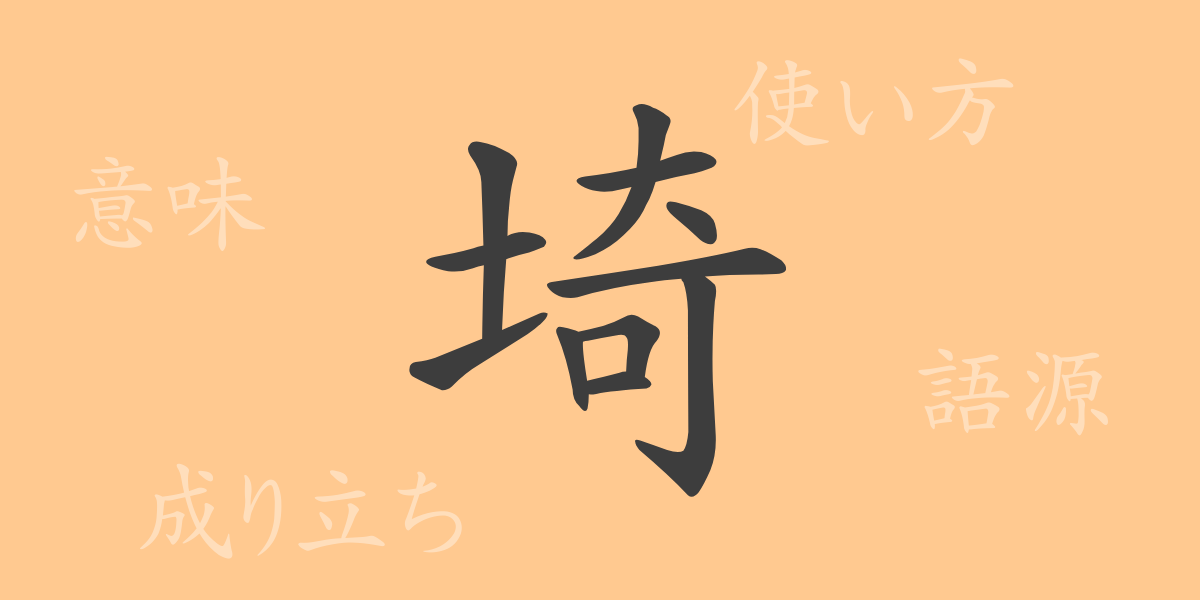The writing culture of Japan has a deep history and diverse expressions, with commonly used kanji being an indispensable element in the daily lives of Japanese people. “埼” (sai) is known as a unique kanji used exclusively in Japan, primarily seen in place names. In this article, we explore the enigmatic kanji “埼” (sai), delving into its origins, meanings, usages, and related idioms and proverbs.
Origins of 埼 (sai)
The kanji “埼” (sai) is a kokuji (国字, Japanese-made kanji) used exclusively in Japan. Its origins are ancient, appearing in historical texts to describe geographical features. It is commonly used in place names, such as Saitama Prefecture (埼玉県, Saitama-ken) and Tsurugaoka (鶴岡, Tsurugaoka) in Kamakura. However, there are no clear records detailing when and how this kanji was created.
Meanings and Usages of 埼 (sai)
The kanji “埼” (sai) primarily refers to geographical features, indicating sandbars or capes that jut out into the sea or river. Apart from place names, its usage is rare, usually limited to proper nouns denoting specific regions.
Reading, Stroke Count, and Radical of 埼 (sai)
The kanji “埼” (sai) is unique to Japan, with distinctive readings and writing attributes:
- Reading: In the on’yomi reading, it is “さい” (sai), and in the kun’yomi reading, it is “さき” (saki) or “みさき” (misaki).
- Stroke count: “埼” (sai) consists of 11 strokes.
- Radical: The radical is 土部 (つちへん, tsuchi-hen), which relates to earth or ground.
Idioms, Phrases, and Proverbs Using 埼 (sai) and Their Meanings
Idioms, phrases, and proverbs that include “埼” (sai) are extremely rare, mostly limited to place names. For example, “埼玉” (さいたま, Saitama) is the name of Saitama Prefecture, and “埼京線” (さいきょうせん, Saikyō-sen) is the name of a railway line connecting Saitama Prefecture and Tokyo. These are representative examples of the usage of “埼” (sai), with few other general expressions existing.
Conclusion on 埼 (sai)
The kanji “埼” (sai) stands out due to its unique origins and usage, making it a special presence in the Japanese language. Often limited to place names, this kanji is intriguing when understanding Japan’s geography and culture. Through this exploration, we hope readers have developed a newfound interest in the kanji “埼” (sai).

























